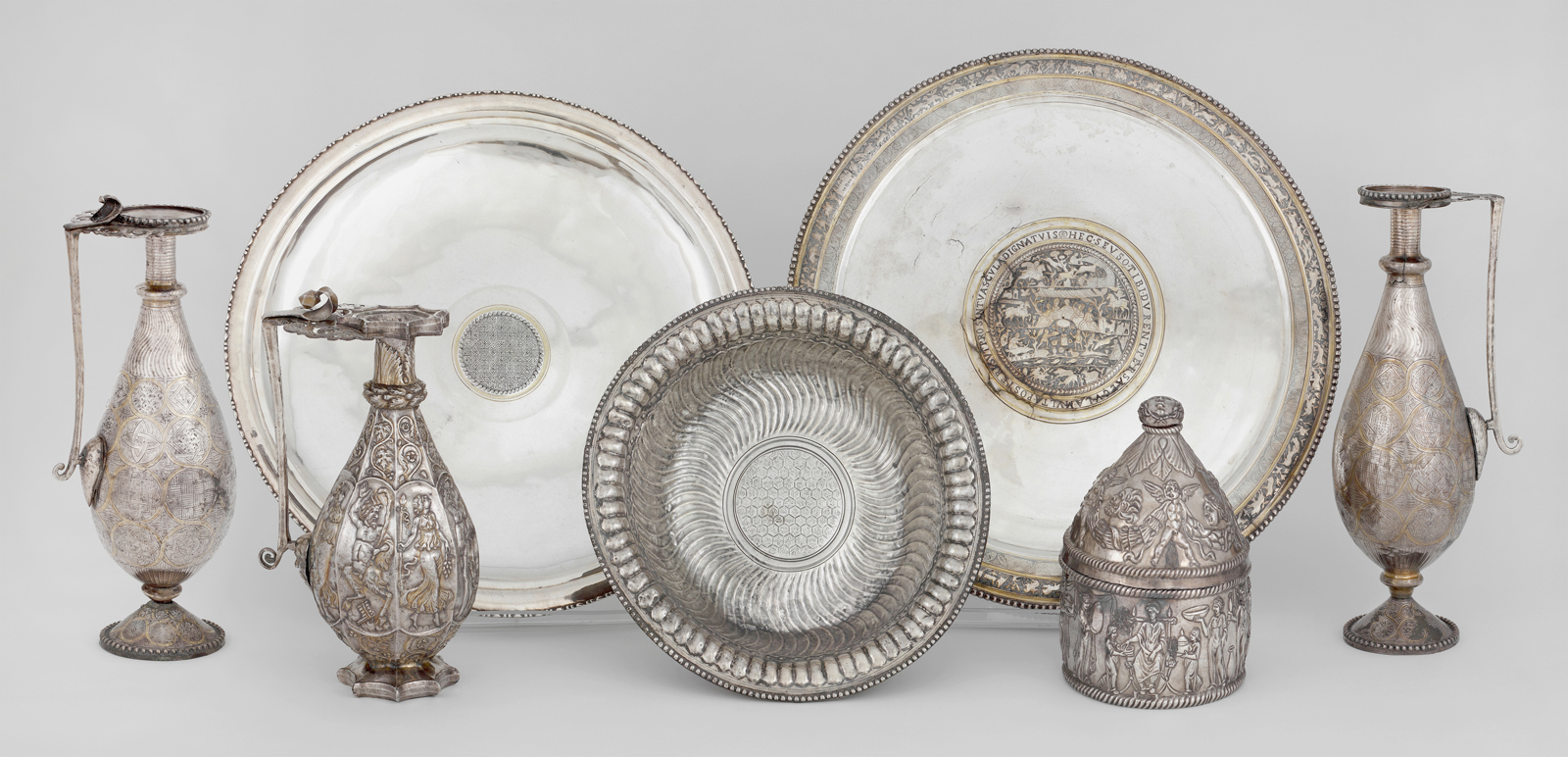
2017/08/03
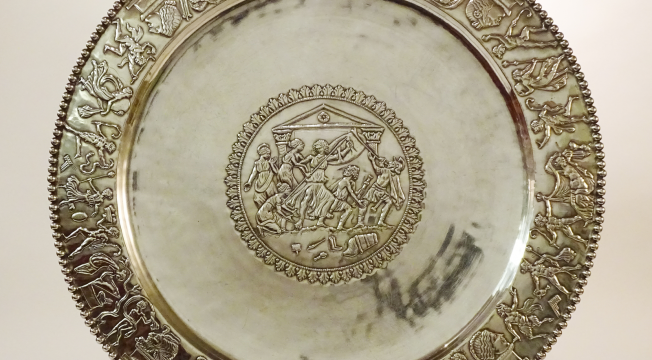 10
10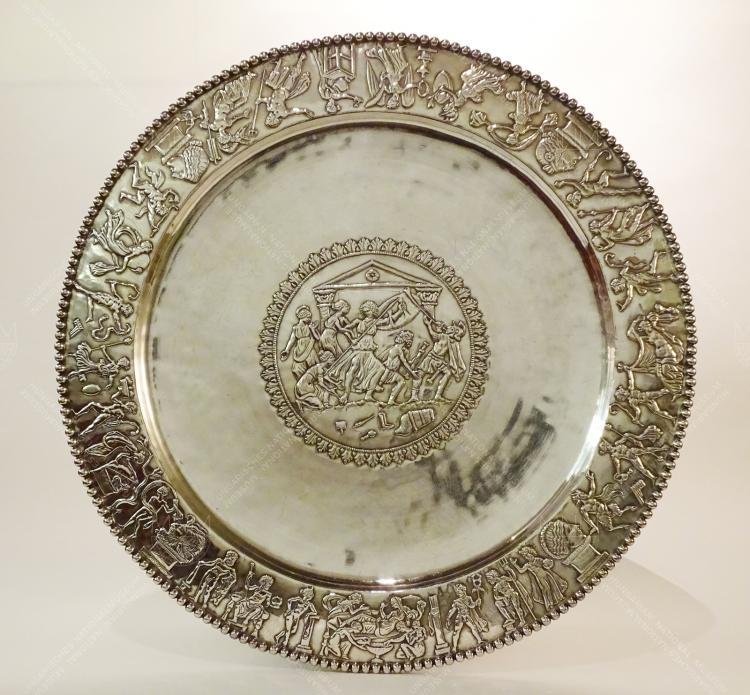
Fotó: Dági Marianna
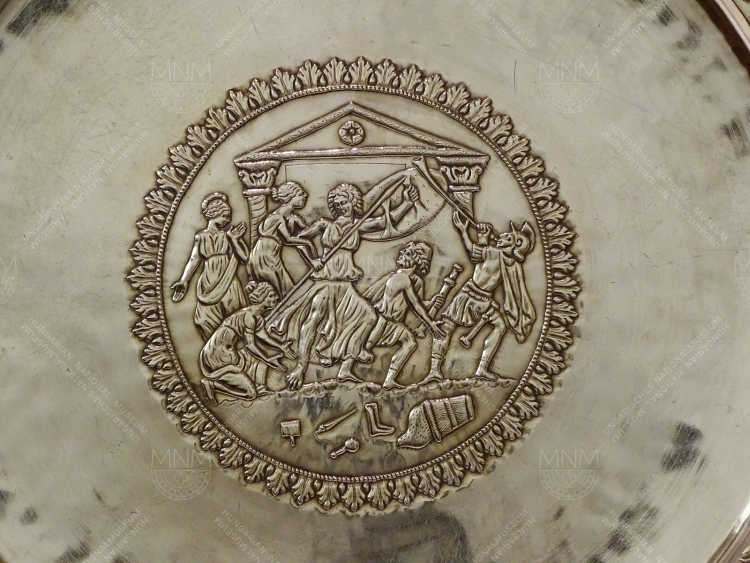
Fotó: Dági Marianna
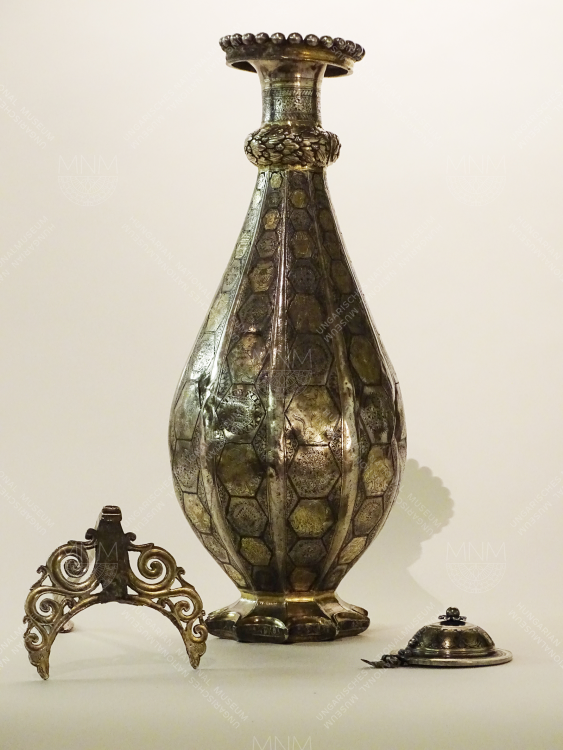
Fotó: Dági Marianna
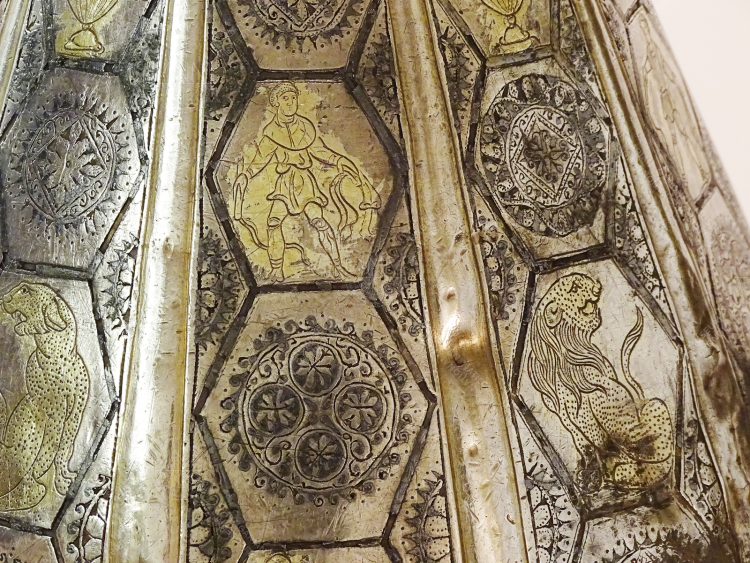
Fotó: Dági Marianna
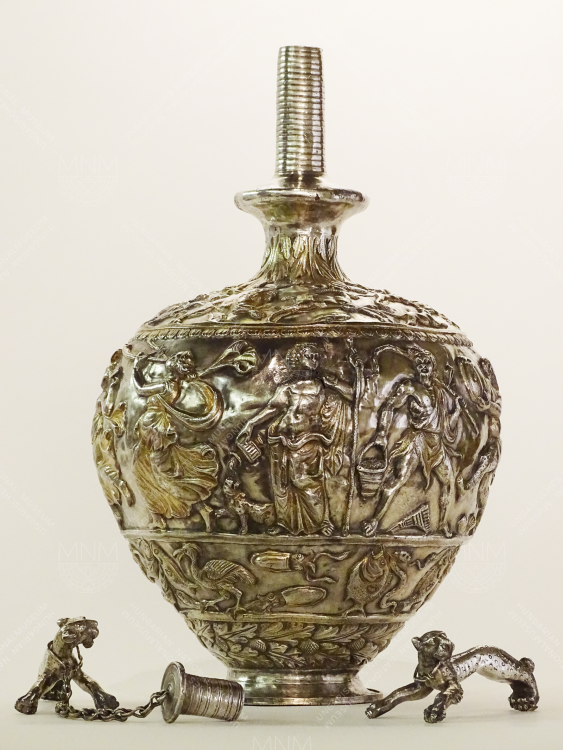
Fotó: Dági Marianna
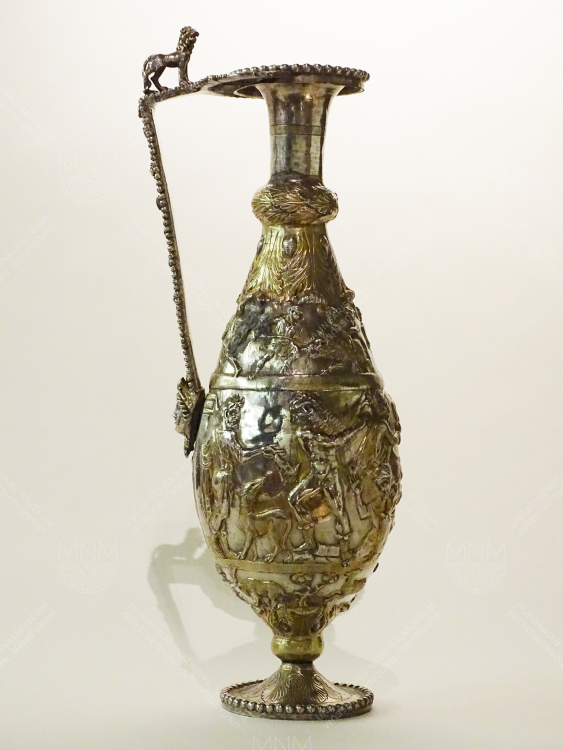
Fotó: Dági Marianna
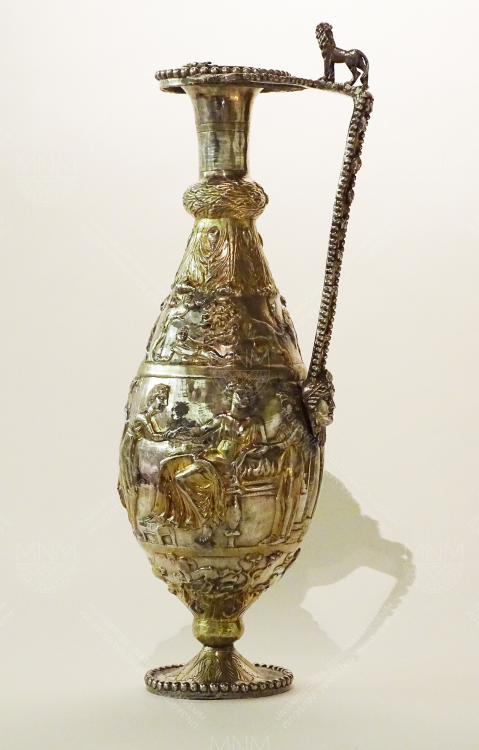
Fotó: Dági Marianna
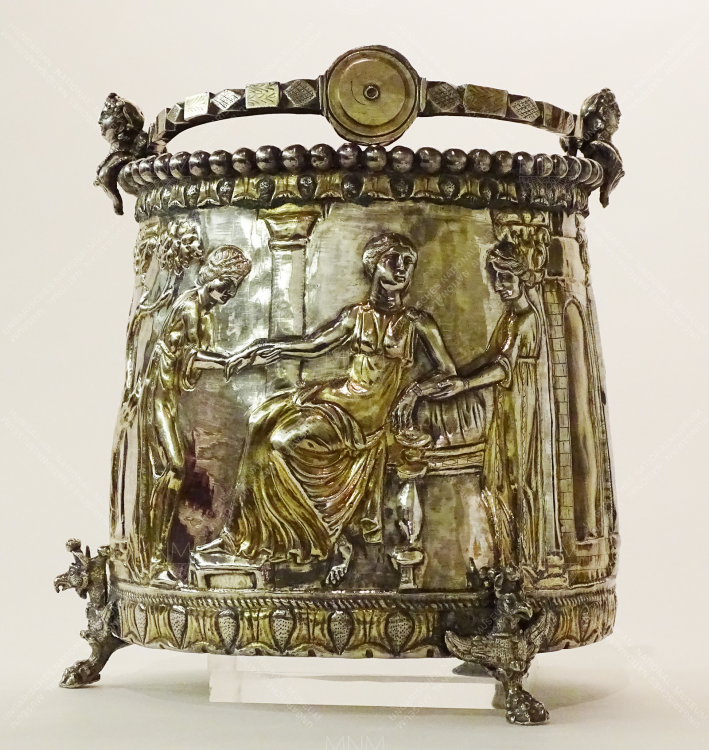
Fotó: Dági Marianna

Fotó: Dági Marianna

Fotó: Dági Marianna
Fotó: Dági Marianna
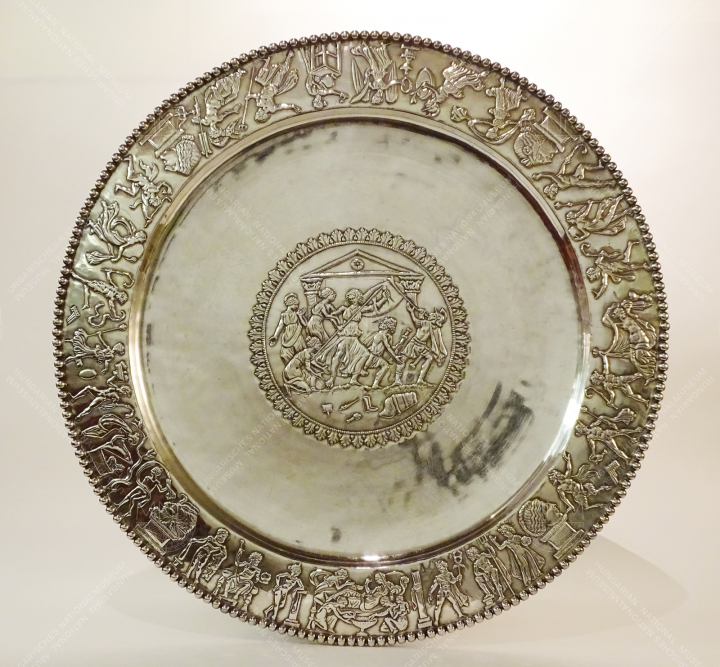
Fotó: Dági Marianna
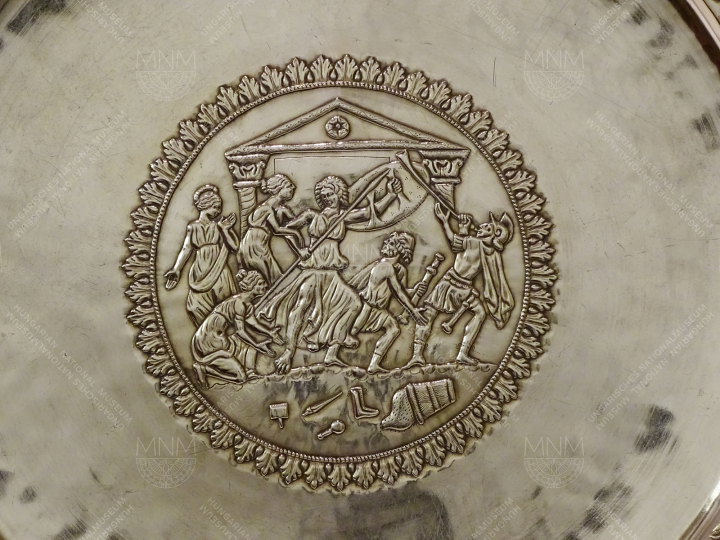
Fotó: Dági Marianna
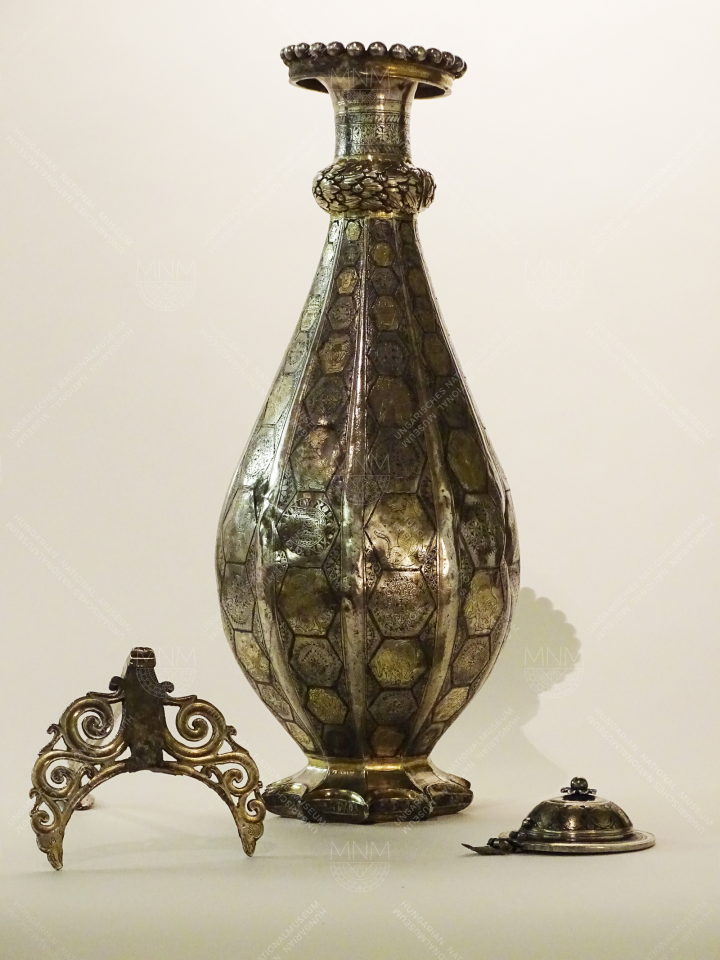
Fotó: Dági Marianna
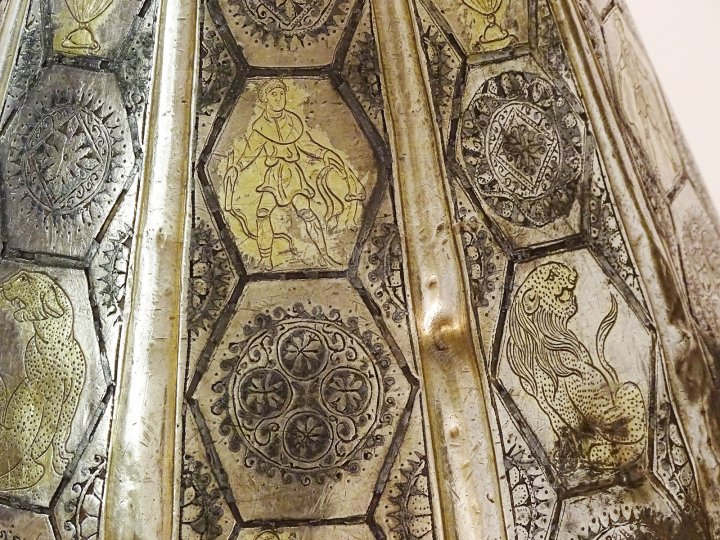
Fotó: Dági Marianna

Fotó: Dági Marianna
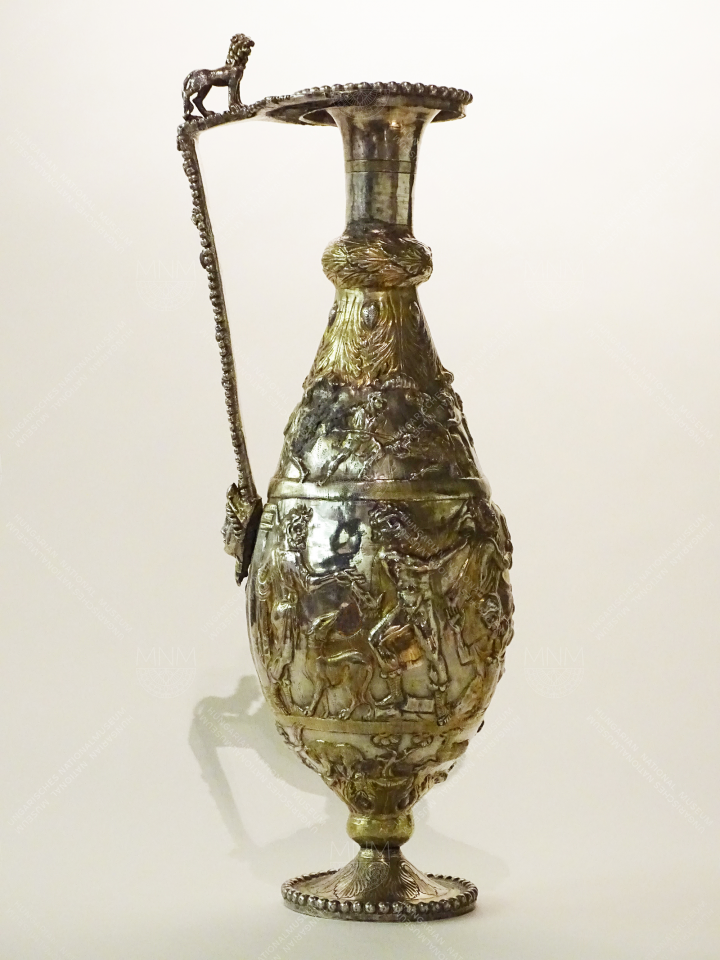
Fotó: Dági Marianna
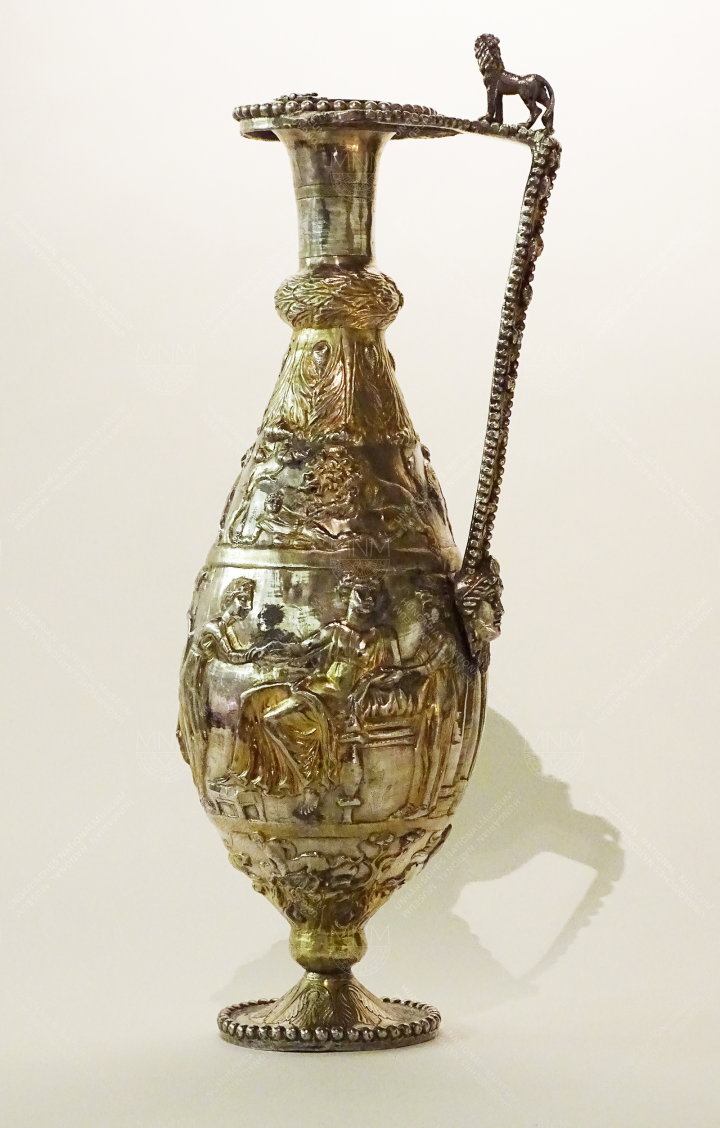
Fotó: Dági Marianna

Fotó: Dági Marianna

Fotó: Dági Marianna

Related contents:
Seuso Treasure
The new item on Budapest’s cultural menu you cannot miss! The Seuso treasure, the most significant silver find from the period of the later Roman Empire is exhibited in the Hungarian National Museum. From the 1st century AD the Western part of what is now Hungary belonged to a province named Pannonia of the Roman Empire. The last heyday of Pannonia in 4th century AD was characterized by huge manors and luxurious villas in the countryside. Their owners belonged to the rich elite of the empire. One of them was named Seuso, whose silver tableware is now exhibited for the public audience by the Hungarian National Museum.
⦁ Hungarian National Museum
Seuso Treasure
The new item on Budapest’s cultural menu you cannot miss! The Seuso treasure, the most significant silver find from the period of the later Roman Empire is exhibited in the Hungarian National Museum. From the 1st century AD the Western part of what is now Hungary belonged to a province named Pannonia of the Roman Empire. The last heyday of Pannonia in 4th century AD was characterized by huge manors and luxurious villas in the countryside. Their owners belonged to the rich elite of the empire. One of them was named Seuso, whose silver tableware is now exhibited for the public audience by the Hungarian National Museum.
⦁ Hungarian National Museum
The Seuso Treasure
The new item on Budapest’s cultural menu you cannot miss! The Seuso treasure, the most significant silver find from the period of the later Roman Empire is exhibited in the Hungarian National Museum. From the 1st century AD the Western part of what is now Hungary belonged to a province named Pannonia of the Roman Empire. The last heyday of Pannonia in 4th century AD was characterized by huge manors and luxurious villas in the countryside. Their owners belonged to the rich elite of the empire. One of them was named Seuso, whose silver tableware is now exhibited for the public audience by the Hungarian National Museum.
Exhibition ⦁ Hungarian National Museum
